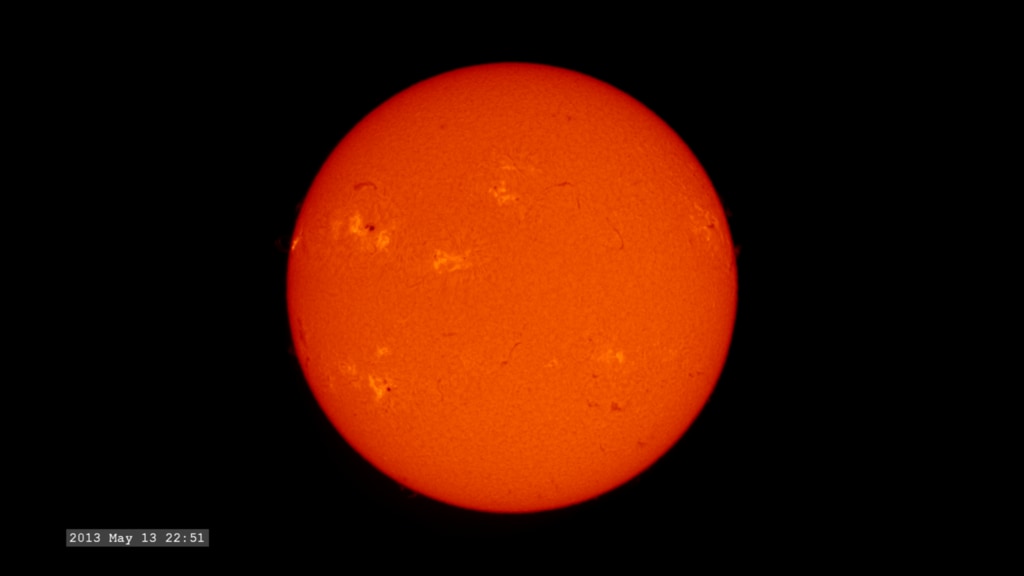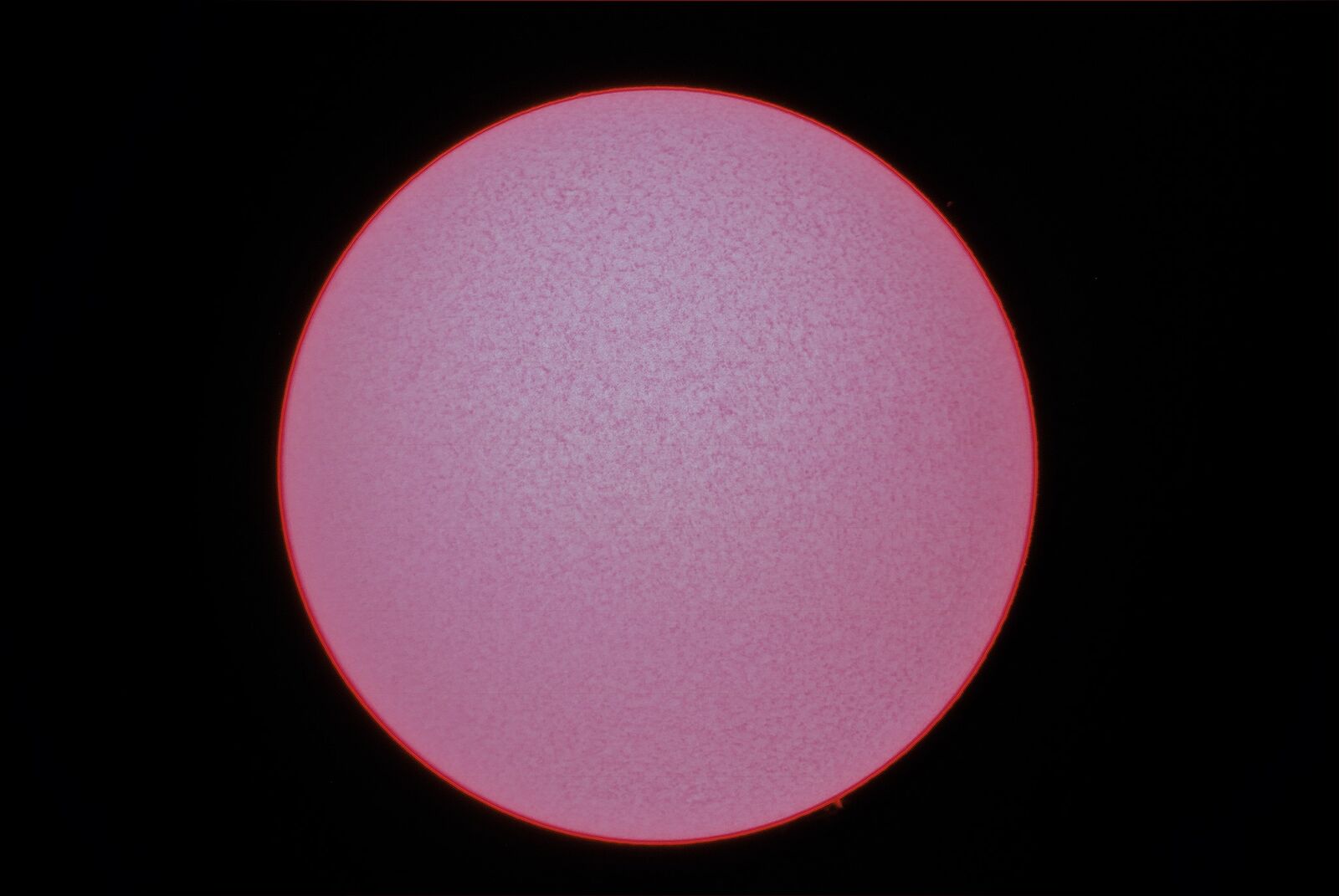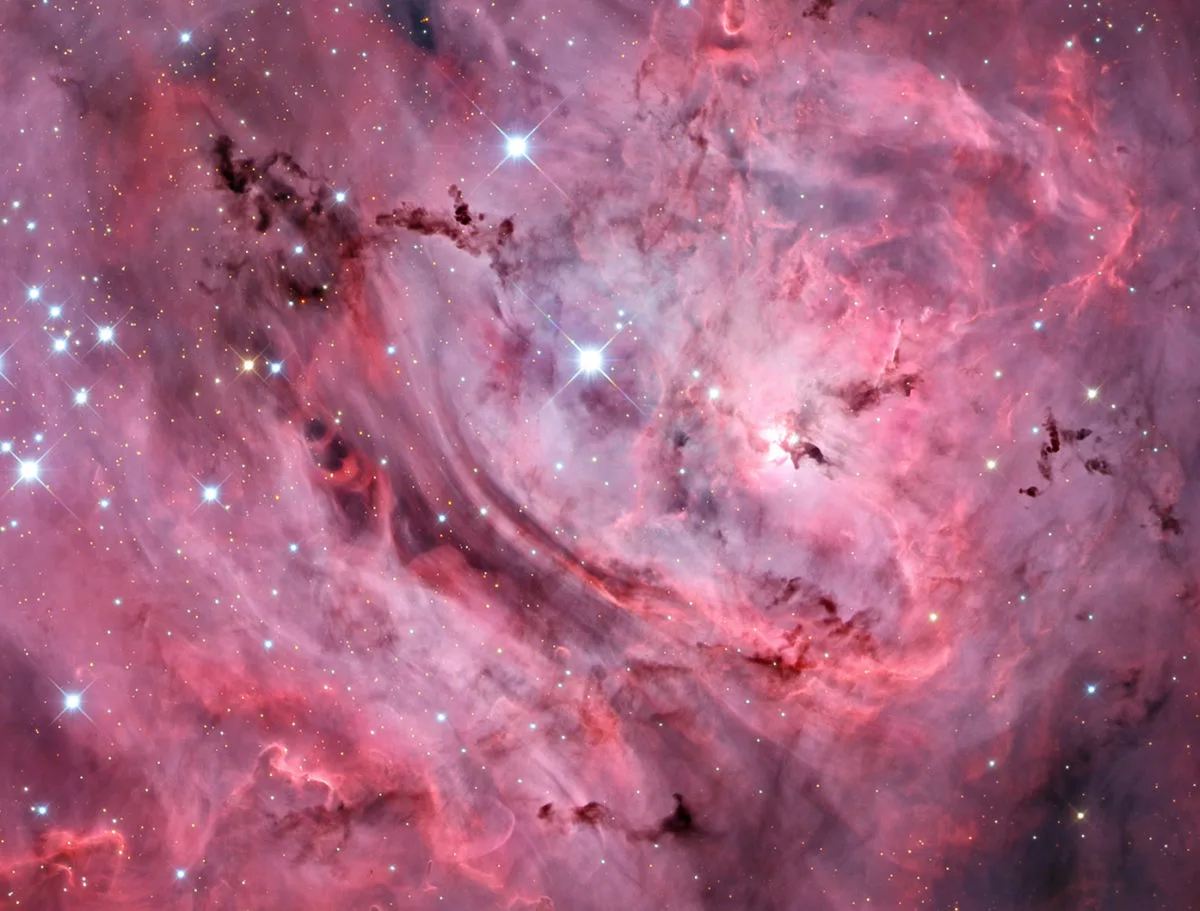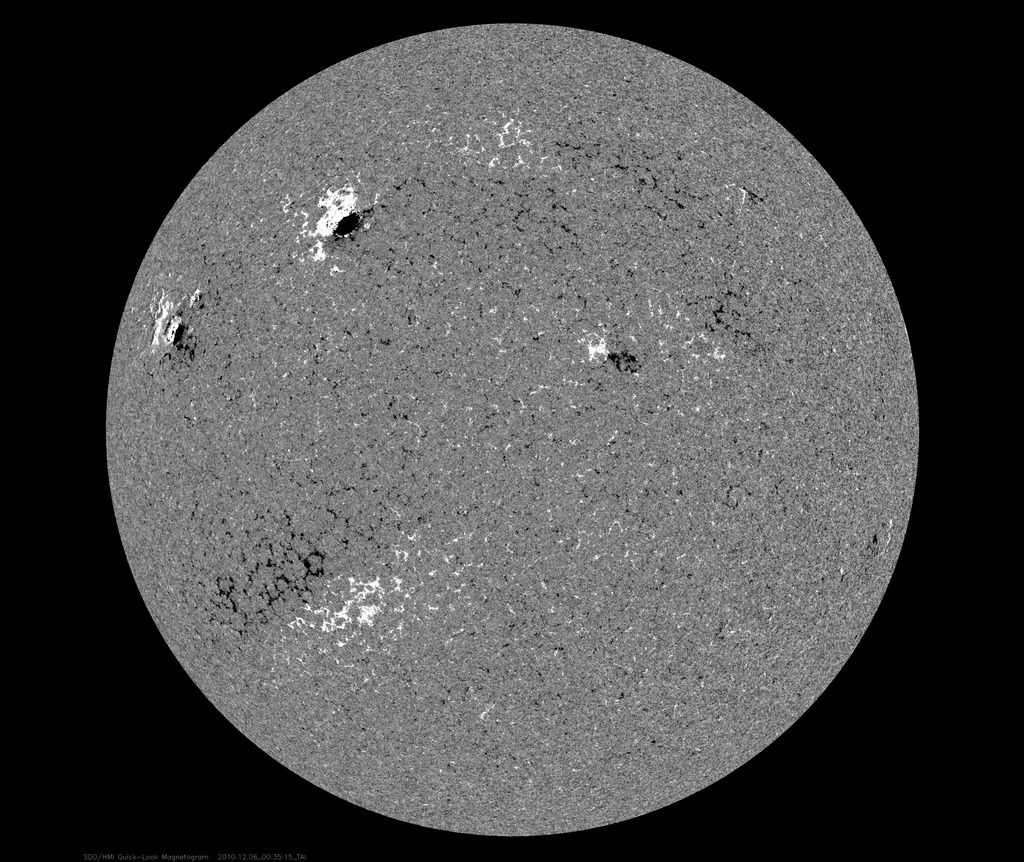florid_snow wrote: ↑Fri Apr 12, 2024 4:22 am
I saw this eclipse and the bright pink prominences were stunning, and it got me reading about H alpha emission. And after some reading, I feel betrayed by every "H alpha" filtered photo of the sun I have seen. Because the prominences appeared obviously PINK to human eyes, doesn't that mean that H alpha filtered images should be colored for "accurate human eye view" as either bright pink if we're being chemically accurate for all the emission lines of H or at least deep red for just the particular filter for H alpha emission?
And yet NASA images and astrophotographers tend to filter everything as an orange-ish color. It is like they can't trust the public to accept anything but a camp fire type color for the sun. But the true color of Hydrogen doing it's emission is obviously pink, as we all saw with our own eyes. Some photographers have to be brave enough to color their images with a semi-accurate pink color, right?
Hi, florid_snow, I'm glad to see that there is someone else out there who deeply cares about color!

There are a couple of factors that decide how we see color. First, there is the wavelength of the color we see, which, in the case of hydrogen alpha, is 656 nm, which corresponds to this color,
███. Second, there is the question of what other wavelengths are mixed in, apart from the dominant one. Hydrogen alpha light is often mixed with some hydrogen beta too, which is this color,
███. There may be a small amount of hydrogen gamma too, which is this color,
███. Together these wavelengths create a color reminiscent of this,
███, or perhaps this,
███.
Careful RGB images will often show emission nebulas like this:
Emission nebulas are typically ionized by hot blue stars, and the color of the nebula may be influenced by the blue and purple light emitted by these stars.
But there is another factor that influences how we see color, and that is how our own eyes adapt to the color of the ambient light and judge color according to that information. I'm going to guess that you are old enough to remember incandescent light bulbs very well. The light they give off is really very yellow, maybe this color,
███, or this,
███.
Incandescent light bulbs give off very, very little blue light. Yet we have no (big) problems seeing the blue color of blue objects in a room illuminated by incandescent light. That is because our eyes and brains can see that blue objects in this yellow-suffused room are "comparatively blue" in relation to other objects in the same room.
In other words, our color vision is not absolute. I noticed that myself when I spent a few winters judging the color of the brightest stars in the sky, using a 40-inch telescope. I vividly remember seeing Arcturus as a brilliant shade of lemon yellow, but that was only on one occasion. At other times it looked pale peach. And sometimes I could see marvelous blue color in the stars of the Pleiades, but sometimes they looked barely blue-white.
I'm convinced that not everyone sees color in the same way. You say that you saw the prominences surrounding the limb of the Sun as
pink during the eclipse. Well,
Chris Peterson insists that he saw them as
red. And
wilddouglascounty insists that he saw a prominence as
yellow-orange.
We see and interpret colors differently, but there
is a physical reality behind it all that triggers our color vision. I'm interested in that "reality".
Consider the brightly colored background behind the iconic Horsehead Nebula:
As you can see, the color balance of these two images is very different. The background behind the Horsehead Nebula is very red, almost magenta-red, in Trevor Jones' image, but it is orange in David Ellison's image. In my opinion, Trevor Jones is right the abut the colors of this region in Orion, and David Ellison is, well, being artistic. The light behind the Horsehead Nebula, in case you're wondering, is very predominantly hydrogen alpha.
I once read in Sky & Telescope that the best way to observe the Horsehead Nebula was to view it through a hydrogen beta filter. That way, the Horsehead would look like a black shape against a dark gray background. Why not view the Horsehead through a hydrogen alpha filter? It's because our eyes are not at all sensitive to large patches of very faint hydrogen alpha, and both the Horsehead and the nebula background would look all black to us.
My point here is that the red background of the Horsehead Nebula does contain hydrogen beta light, because if it didn't, it would be useless to view it through a hydrogen beta filter. I conclude, therefore, that hydrogen alpha light almost always contains some hydrogen beta, too. And the presence of hydrogen beta
will shift the hue of hydrogen emission away from a pure of red into a softer more complex hue.
You saw it as pink. That's absolutely correct, in my opinion. Chris Peterson saw it as intensely red. I can't fault him. And wilddouglascounty saw it as yellow-orange. I find that color surprising, but who am I to say that that is not what he saw?
Ann
Edit: As for the color of the Sun, it is a fact that it is often shown like this in NASA images:
So, confession. I hate it when the Sun is shown as deeply orange by NASA. In my opinion, this helps create the impression among the general public that the Sun is "really" orange, and we just can't see its true color because it's too bright.
All right. These "orange Sun images" typically show the Sun in invisible ultraviolet light. I have argued about it here at Starship Asterisk, and I've been told that it is very good to show the ultraviolet Sun as orange, and it would have been "wrong", or at least unwise, to show it as, say, blue. Or pink.
I keep insisting that NASA is pandering to the prevalent idea that red and orange colors should be associated with heat and warmth, and that blue colors should be thought of as "cold". And since the Sun is undoubtedly "warm", the NASA people probably said to themselves, well, let's color it orange, then, so that people understand that we are showing them the Sun.
A "more true" ultraviolet image of the Sun should probably be shown like this, as a black and white intensity map of the Sun:
The Sun in ultraviolet at 131 Å. Credit: SDAC.
I found another black and white image of the Sun, a "magnetic map" of the Sun, with magnetic lines pointing away from the Earth shown as black, and magnetic lines pointing our way shown as white.
That picture does make you think of the Moon, doesn't it?

Ann
 Total Totality
Total Totality







